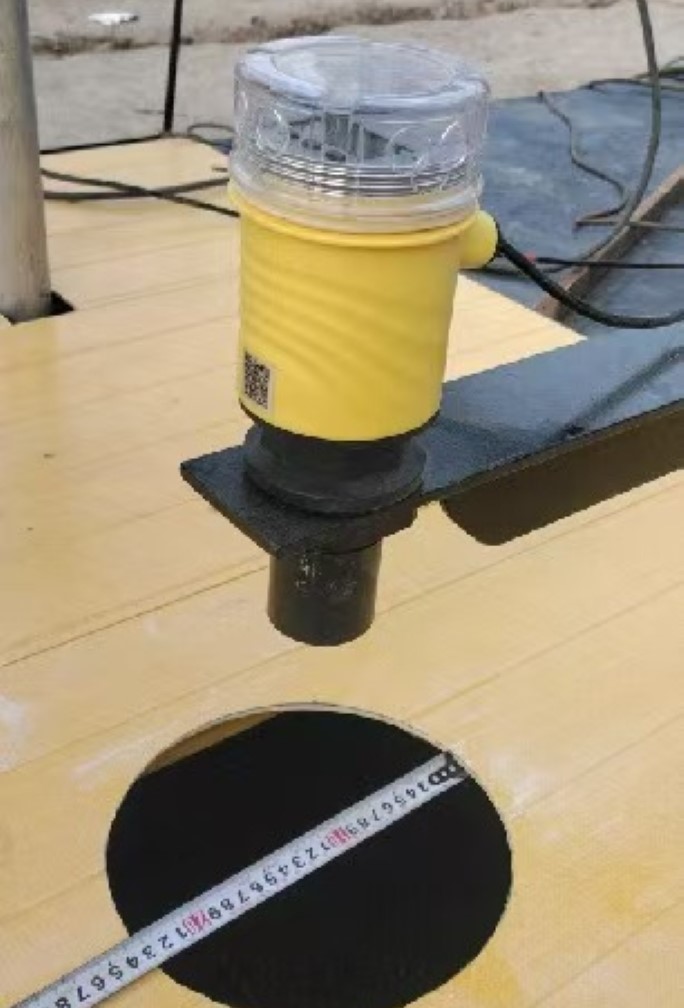Measurement and Installation of Ultrasonic Level Sensors
Views: 0 Author: Site Editor Publish Time: 2025-02-28 Origin: Site
Measurement and Installation of Ultrasonic Level Sensors
Ultrasonic level sensors are non-contact devices used to measure liquid levels by emitting ultrasonic waves and receiving their reflections. They are widely used in industries such as water treatment, chemicals, petroleum, and food due to their easy installation, low maintenance costs, and high measurement accuracy.
1. Measurement Principle
Ultrasonic level sensors emit ultrasonic waves from a probe toward the liquid surface. The waves reflect off the surface and are received back by the probe. The liquid level is calculated based on the speed of sound and the time it takes for the waves to travel.
Choosing the Installation Location:
Avoid areas with significant liquid turbulence to reduce measurement errors.
Ensure there are no obstacles between the probe and the liquid surface to prevent signal blockage.
Keep the sensor away from inlets, mixers, or other equipment that may cause bubbles or interference.
Installation Height:
The probe should be installed above the maximum liquid level to avoid splashing.
Ensure the probe is perpendicular to the liquid surface for optimal signal reflection.
Environmental Considerations:
Avoid installing in high-temperature, high-humidity, or highly corrosive environments. Protective covers may be used if necessary.
For outdoor use, install sunshades or rain covers to protect the probe from environmental impacts.
An Correct Installation Diagram as below:


3. Key Considerations
Regular Probe Cleaning: Dirt or deposits on the probe surface can affect wave transmission and reception. Clean the probe regularly.
Avoid Strong Vibrations: Ultrasonic level sensors are sensitive to vibrations. Install them in areas with minimal vibration.
Calibration and Adjustment: After installation, calibrate the sensor according to actual working conditions to ensure measurement accuracy.
4. Conclusion
Ultrasonic level sensors are an ideal choice for liquid level measurement due to their non-contact operation, easy installation, and high accuracy. By selecting the right installation location, considering environmental factors, and performing regular maintenance, they can ensure long-term stable performance and meet industrial measurement needs.
